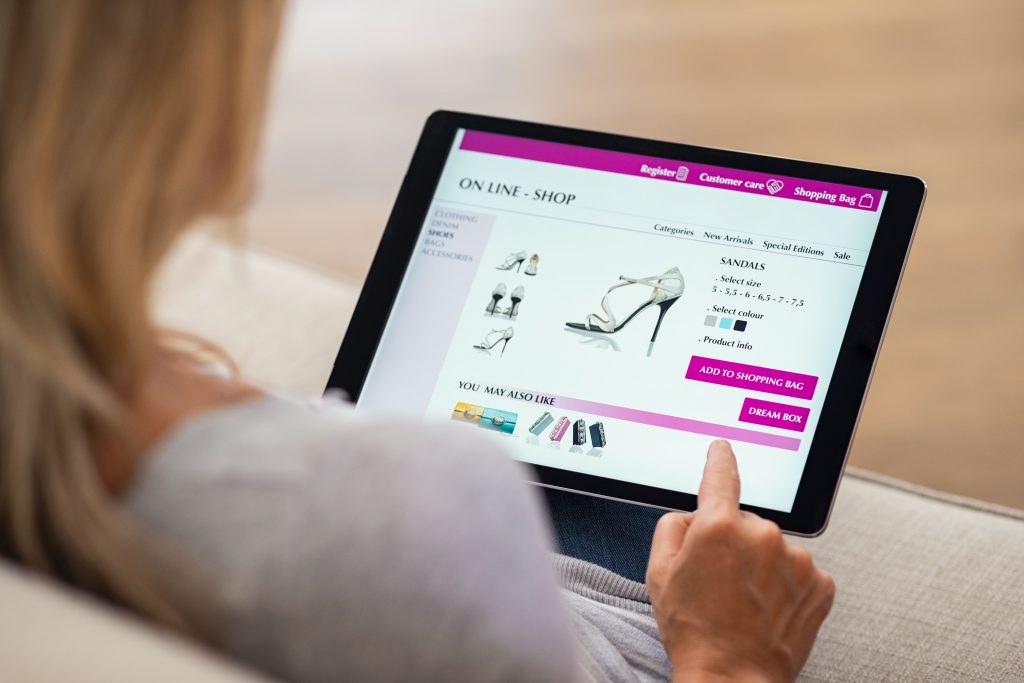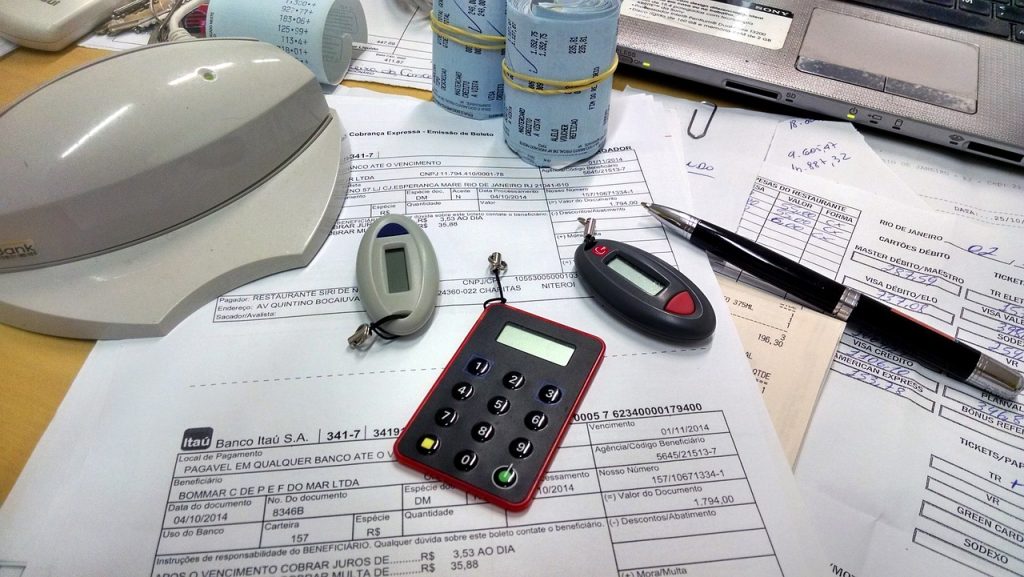
How to Make Money Dropshipping with Shopify: 4 Key Points to Consider
Dropshipping is on the rise!
It should come as no surprise that dropshipping is on the upswing when you look at how e-commerce and mobile technology have developed together, and pair that “co-evolution” with the enormous impact that COVID has had on online retail shopping.
Just a couple of years ago, the global market value for dropshipping was a bit more than $100 billion. By 2025 though, the dropshipping sector is expected to see a CAGR of nearly 30%. That spells huge potential for anyone involved (or planning to get involved) in the dropshipping scene!
With such significant growth rates on the horizon, you may have some questions like “is dropshipping worth it”, “how can I ensure that I see dropshipping profit”, and “which platform should I use to dropship” (our answer to the last question is Shopify – we’ll tell you why in just a bit).
Well, if you’re looking for those answers, you’ve come to the right place! We dive into all that you need to know about how to make money dropshipping with Shopify in this detailed guide.
Ready to pick up your profits with Shopify dropshipping?
Choose the right product
Quick note: If you’re not so familiar with dropshipping, take a minute to find the answers to questions like “what is dropshipping” and “how does dropshipping work”.
To be a successful dropshipper, you need to sell. To sell, you need a great product to offer your potential customers.
Finding the ‘right’ product to sell can be a lot easier said than done. If you’ve spent any time looking into dropshipping, you’ve probably seen your fair share of self-proclaimed dropshipping experts and gurus who claim to have the secret formula to identifying “winning” products. Heck, you might have even found an app or two that make the same sort of claim.
We’re here to tell you that there is no one-size-fits-all answer to picking the right product. With that said, there are some general guidelines and rules that you can follow to help you determine how successful you might be when trying to sell one product or another.
Tip #1
The product (or products) you choose to sell should solve a problem for your potential customers. If there is no dilemma to resolve, then you’ll basically be telling people “hey, I’ve got this really cool thing and I’d like you to give me your money for it”. If you’re new to the sales game, allow us to be the first to tell you: that’s not how selling works. People need to have a reason in order to want to buy something – it’s your job as an online merchant to identify a need that exists commonly enough that you can sell a product to fill that need and be profitable in doing so. In the end, what is dropshipping doing for you if you’re not earning a profit? Not very much.
Tip #2
You’ll want to see how common that product is. Is the market already saturated with other sellers pushing the same product? If so, you’ll likely find it difficult to get your foot in the door. On the other hand, if there’s no demand for the product at all, you’ll have just as hard of a time trying to find customers to buy it.
What you’ll want to do is find a product that has enough of a demand, but not too much of a supply. Again, this can be easier said than done. Just be patient when exploring products and be sure to do your due diligence. A hasty decision could ultimately turn out to be a waste of time and, worse, a waste of money.
Side note: In order to put up some real competition in your niche, you’ll want to get a reliable look at what your competitors are doing to stake their own claim. The easy way to do that is to use the Koala Inspector app, which reveals the secrets of how your successful competitors do so well. Discover their best sellers, their theme, and tons of other details that help you get an edge!
Tip #3
Try to be relatively consistent with the assortment of products that you sell on your Shopify store (or any store really, though we focus on Shopify for the duration of this article). Trying to stick to more-or-less of a narrow niche can do a few things to benefit your online business.
- It can make it easier to deal with suppliers, since one supplier might be able to provide a wide variety of related products – whereas selling a bunch of very different products will likely require that you coordinate your sales efforts with several different suppliers.
- It’ll make your online store look more professional. For example, if you sell kitchenware and exercise equipment and skincare products, customers may give your website a bit of a skeptical look – and understandably so. A lot of the trust that customers have in a brand comes from the level of expertise that the brand has in its industry. When you try to sell too many different products, it becomes much harder to claim to be truly knowledgeable in any one industry.
The old cliché still rings true: sometimes less is more.

Think about your optimal margins
At the start of this article, we mentioned that Shopify is our platform-of-choice for dropshipping. For full disclosure, it’s not really us that have chosen Shopify as the most favorable dropshipping platform – it’s American e-commerce sellers! Out of the nearly 2 million online retailers in the United States, more than 30% of them use Shopify. With so much competition, how are you supposed to maintain a strong profit margin?
As a matter of fact, it can actually be pretty easy to optimize your profit margins with a dropshipping business given the fact that you already cut operational costs you’d pay through any other e-commerce model and, of course, the overhead expenses you’d pay by running a physical storefront. Part of the answer to keeping a strong profit margin lies in choosing the right pricing strategy for your Shopify store. You’ll need to strike a balance between outpricing the front-runners in your store’s niche and making healthy revenue – this can take some trial and error.
The best pricing strategy to get started with dropshipping? Consider penetration pricing as your way to make a big splash and attract a lot of customers in your niche. Keep in mind, though, that eventually you’ll need to bring prices up in order to keep your business in the black. This is also a great pricing strategy even if you’re not dropshipping and you’re just starting an e-commerce business in general.
The best pricing strategy to increase your dropshipping profit? Try psychological pricing which can help steal away some of your competitors’ business, or play around a bit with cost-plus pricing which you can use to increase your profit margins. Just be careful not to overprice your products, otherwise you can kiss those customers goodbye (no, not literally – we’re still social distancing).
Shifting and changing your pricing strategy can help or hurt, but you can’t really know unless you’re monitoring your profit margins. There could be unknown expenses that are draining your Shopify profits. Ultimately, optimizing profits for your Shopify dropshipping business comes down to having an effective way to track expenses that your store pays.
[bctt tweet=”Out of the nearly 2 million #onlineretailers in the United States, more than 30% of them use #Shopify. Find out how to stay ahead of the competition!” username=”Become_co”]
Track your expenses
If you’re dropshipping it can be easy to forget that – even though you’re not spending money on production – there are still many expenses involved in running the business.
What sort of expenses can you expect to pay to operate a dropshipping business on Shopify? Here are a few:
- Listing and/or sales fees if you use an e-commerce website builder such as Shopify
- Web hosting if you have a personal website
- Supplier fees
- Marketing costs, including social media marketing
- Business license and/or permit fees
In the end, is dropshipping worth it? Well, just ask your dropshipping profit margins! If you aren’t sure about how accurate your profit margins are, you’d do well to start using a Shopify margin calculator to make things clearer for you.
BeProfit – Profit Calculator is the best Shopify margin calculator and expense tracker out there, turning all of your store’s complex data into easy-to-understand charts & graphs. The app eliminates the need for you to manually fill in time-consuming spreadsheets. Instead, it automatically gathers all pertinent data directly from your Shopify store and even your ad platforms! In plain language, BeProfit means data made simple.
Take care of your customers
If you want to learn how to make money dropshipping, one of the most essential steps is to keep the profit motive in mind. As noted, picking the right product, selecting the right pricing strategy, and using a Shopify margin calculator are great ways to stay aligned with that profit motive.
But money shouldn’t be the only focus you have when running your business. After all, money doesn’t grow on trees – it’s given to you in exchange for a quality product and (this is very important) a positive customer experience.
Not convinced? Consider the fact that more than 80% of customers say it’s important that they feel they’re treated as an individual throughout their shopping experience and not just as a number. On top of that, 55% of customers say they’d stop giving their money to a brand forever if they had just one bad experience with them.

Whether you like it or not, if you’re running a dropshipping business you’ll need to put serious thought into creating and sustaining a top-notch customer experience strategy. That starts with developing an effective way for your customers to contact you for support, and for you to receive those messages, and respond to/handle them in a timely manner. Make sure to include ‘Contact Us’ and ‘Support’ sections on your website. It’s also recommended to open a specific email address where customer support queries will go, that way they don’t get mixed in with other sorts of incoming emails.
You should also consider using a CRM (customer relationship management) platform to keep accurate track of all communications with your customers. Remember that point above about one bad experience? Then remember this: don’t let bad customer experiences happen! If and when they do happen, resolve the complaint as quickly and efficiently as possible – your business quite literally depends on it.
Side note: Some of the improvements you’ll make to your dropshipping business can cost a pretty penny. If you need a boost to your cash flow in order to hire support staff, pay for a high-quality CRM platform, or anything else that will strengthen your business, look to Become for the funding your business needs.
The funding partners in Become’s online lending marketplace provide business loans to ‘traditional’ businesses – as well as e-commerce business loans. So if you thought your online business couldn’t get a loan, think again.
Dropship to pick up profits
You’re not alone in wondering how to make money dropshipping or asking “is dropshipping worth it”. Now that you’ve read this article (you did read it all, right?) you have the answers to those questions and many more.
With the knowledge you now have, are you ready to start optimizing your dropshipping profits? The e-commerce train isn’t slowing down any time soon, so don’t wait too long to get your business up to speed!





